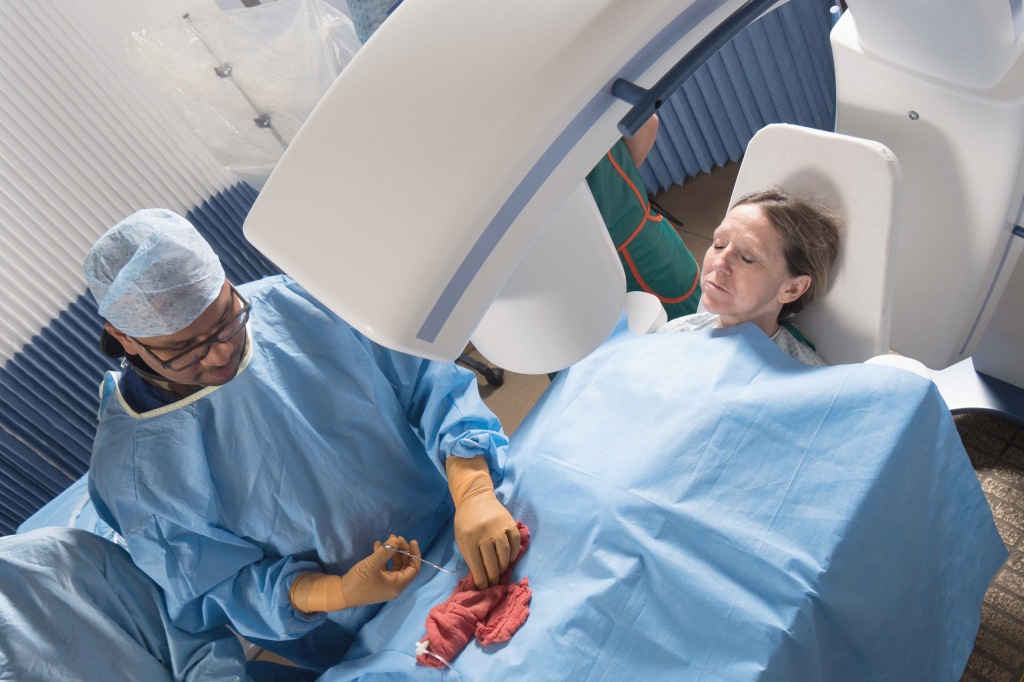Salome Bazin, one of our Cohort members, has just launched two websites, her own and one for Cellule, a collaborative design group she founded. Seems like there is lots to talk about, so we thought it would be a good moment to catch up with her!
The Origins of Cellule
After obtaining my MA in Industrial design at Central Saint Martins, I started my career in visual art for stage and lighting, working on various large shows for theatre, art and fashion. Whilst passionate about highly curated work, I quickly felt the need to get involved in projects that could actually benefit people and make a difference.
I got contacted in 2015 by Imperial college surgical research department, a group researching immersive and affordable training solutions for surgeons and trainees. They commissioned me for 2 years to develop and design an innovative multimedia set for surgical training, to be used to perform interactions between patients and clinicians during complex cardiology procedures. The project launched in 2017 and is now being used for training and workshops at Chelsea and Westminster hospital. In order to complete this challenging project I called upon my network and worked with other designers, mechanical engineers, sound and video artists, and manufacturers.
Further work in healthcare projects gave me the idea of founding Cellule: a design studio bringing together a small multidisciplinary team (art, design and engineering) to work on medical design projects where innovation and disruptive thinking is key.
Collaborations
Lately I’ve been quite extensively involved with Disrupt Disability, based here at Machines Room, developing the first prototype for their modular wheelchair, an aesthetic and functional product that allows wheelchair users to change parts as their needs and life evolves. It has been great challenging work, that enabled me to look into hybrid manufacturing as a way to provide customisation as well as affordability.
2018 will host some other exciting research projects! One is about the heart and 3d printing, a project being developed in collaboration with a cardiologist from the Royal Brompton Hospital, a computer scientist from the KCL Imaging centre and Batch.Works, a 3d printing company. The project is a run up to an exhibition I am showcasing at the Science Gallery in 2018 called ‘Spare Parts’. The project is looking at the potential of digital fabrication’s impact on patients’ involvement in the preoperative planning of transplants, as well as psychological preparation. This will be investigated through patient and public workshops.
I am also currently developing concepts with a neuroscientist for a visual live show and contemporary dance performance based on her research and data about memory consolidation and trauma. The project is developed in collaboration with Swann El Mokkedem, a visual artist who is a long term collaborator with Cellule, and we are hoping to pitch it for funding in the next month!
Part of the Machines Room Community
Being at Machines Room absolutely makes a difference to all these projects. Medical innovation and design are considered risky and high investment procedures; I realise more and more that digital fabrication and quick prototyping can de-risk some of that, allowing us to be more experimental and test ideas early on. Having special interest in surgical education and public engagement, I think that collaborative design and open source technologies are a powerful tool for people to get involved in the design and creation process.
The community at Machines Room is definitely key. There are so many interesting people and various projects going on. From social media tips to fabrication advice to concept feedback and collaborations, it is a very resourceful crowd to be a part of!
Expanding Projects
I juggle between commercial projects (where there is little time to test ideas) and research (where project timelines extend and innovation is slow). It is sometimes difficult to find the right rhythm: to leave enough time for long lasting ideas to emerge yet to keep a healthy speed to stay innovative and move forward.
What I find most challenging in medical projects, and research specifically, is to find ways (and permission!) to talk about it to the wider public. This is what I’d like to investigate further within the next year: public engagement as a tool to share and make more accessible ongoing research and development in surgery (e.g 3d printing to engage the audience about transplantation and its challenges).
Working in collaboration with Disrupt Disability has been very interesting work. They have a well established network of users who are getting involved in the design process and various events (such as a hackathon that happened in January). Working closely with users truly speeds up problem solving and focuses the brief. Designers have a lot of assumptions about how things are meant to work; including ‘those who know’ early makes us save a lot of time. It is a process I would like to pursue and apply to other research projects Cellule is working on: to allow designers, patients and clinicians to work together to come up with suitable solutions.
The Future
Throughout Cohort, I am planning to apply for funding in order to increase my capacity and support the development of projects for the next year. The research project I am currently developing, on the impact of open source technology in patient and public engagement, will likely lead to further work and development for 2018 and beyond. I have the feeling that quite a lot of things could happen in the near future, whether I get more involved in exhibitions, commercial projects or even medical research! I am pursuing all streams of work and all I can hope is to continue having a rich and various practice!!!


